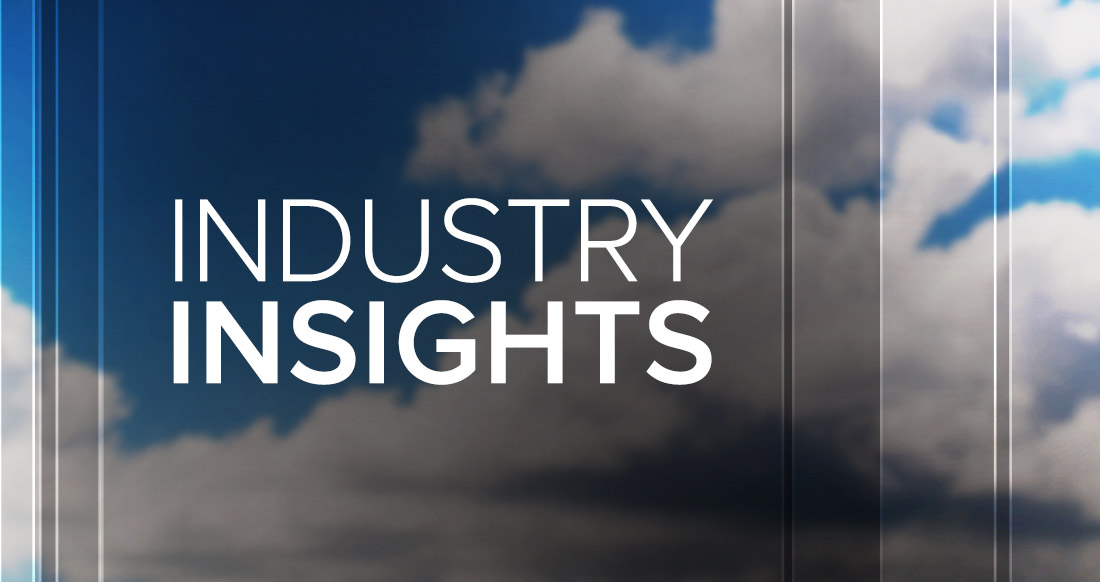Industry Insights: How technology is driving weather coverage on TV

Subscribe to NCS for the latest news, project case studies and product announcements in broadcast technology, creative design and engineering delivered to your inbox.
How has technology changed weather coverage?
“One often accepts that access to and expectations of utilization of data increases at the same pace as performance and software capabilities to utilize the data. However, over the recent 3-5 years, the availability of specialized weather data from different sources (there are hundreds of weather data providers within North America alone) has increased by an order of magnitude, and the data resolution and update frequency of each of the data types have also increased by an order of magnitude, plus the expected provision of on-demand content has increased the actual unique location views by another order of magnitude. As a result, the regular increase in content creation capability in terms of graphics rendering power alone is not enough,” said Eggestad. “The real solution to the problem, or really, the real leveraging of the huge opportunity, lies within making efficient and intelligent workflow improvements and integrations of content production components, ‘making systems talk’ so the expertise and craftsmanship represented by the broadcast meteorologist and weather presenters can have the tools to tell the most compelling weather story.”
“The newly launched GOES-16 offers crucial weather data 5 times faster with 4 times the resolution as older generation satellites,” notes Dow. “This will lead to greatly improved tracking of severe weather, more timely warnings, and better forecasting.”
“The data explosion of the past 10 years has created both an opportunity and a challenge,” said Boss. “The opportunity lies in the ability to provide better information, forecasts and warnings with more advanced models, radar data and, most recently, GOES-16 satellite data. However, the challenge has been two-fold; sifting through all the data to determine what’s most important and then easily turning that information into easy to understand content for viewers.”
“The recent enhancements to satellite information is producing another explosion of weather content. It is an exciting time to be in the weather business! With that said, the challenge in the weather vendor space is to be able to provide the tools necessary that allow the immense amount of information to be easily and efficiently translated by the meteorologists to their audience,” notes Mougey.
“Over the years, there have also been significant advances in weather modeling, with radar data now ‘injected’ into models to provide a more precise ‘starting point’ for the model to use as it cycles through its run, leading to more accurate snapshots of the atmosphere several days into the future,” added Dow.
“Social media has also made the weather presentation more of a two-way conversation. It’s more personal with the addition of tweets and photos plus, the meteorologist gains ground truth information on what is happening in a weather situation. It’s better and more entertaining storytelling, while still providing life-saving information,” said Mougey.
“Regarding on-air display, new advances in weather and traffic visualizations include the use of augmented reality (AR) to better inform and explain complex situations to the viewers, in severe weather, this can help save lives by driving the audience to take action,” said Dow.
Subscribe to NCS for the latest news, project case studies and product announcements in broadcast technology, creative design and engineering delivered to your inbox.




tags
AccuWeather, Baron, Baron Lynx, Bill Boss, Bill Dow, ChyronHego, Karl Eggestad, Metacast, Mike Mougey, The Weather Company
categories
Heroes, TV News Weather Graphics, TV News Weather Graphics Systems, Weather